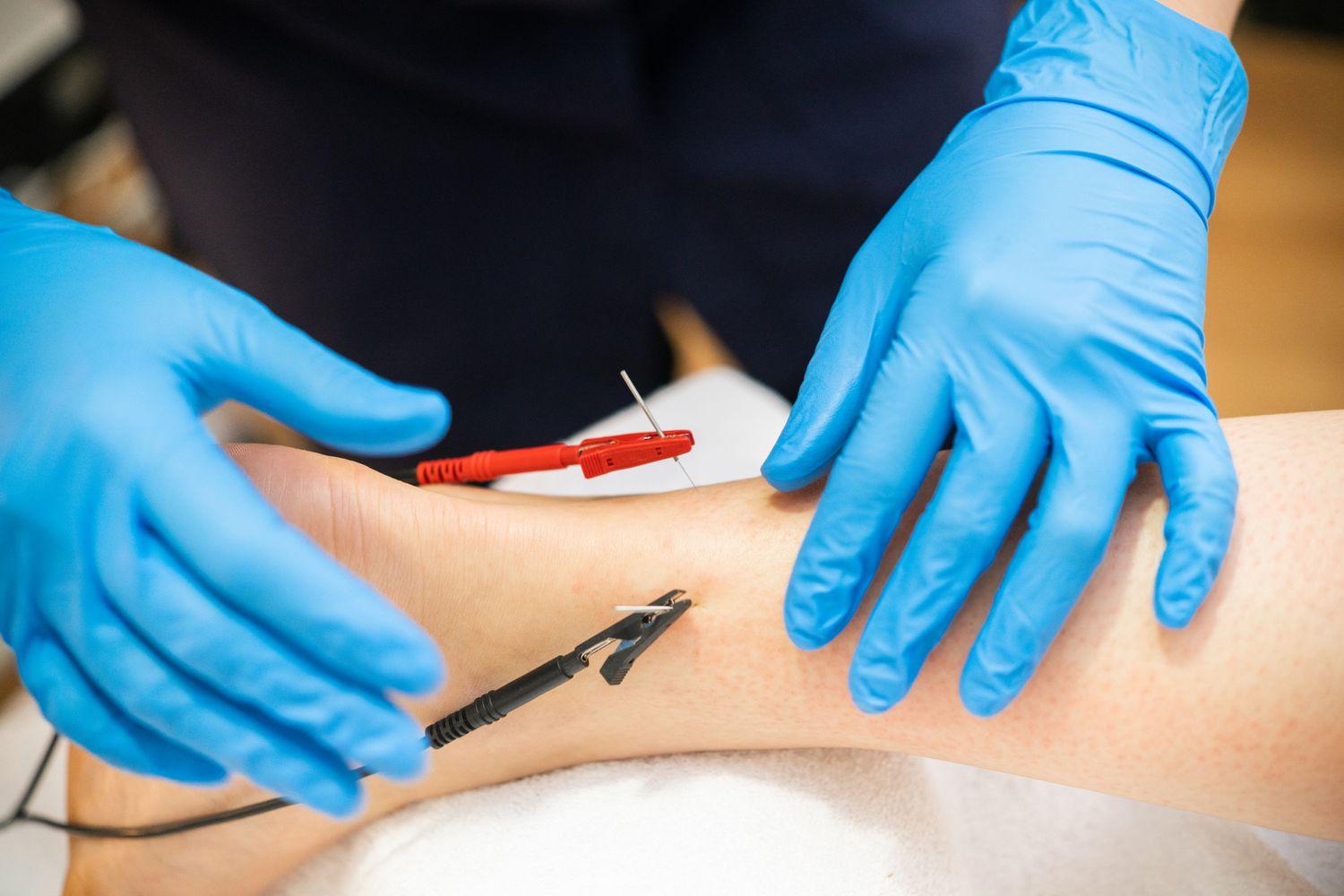New York City is not only a melting pot of diverse cultures. It is also a center of advanced healthcare practices, such as electroacupuncture NYC offers a unique setting for experiencing this technique which combines acupuncture with electrical stimulation. For beginners, this can be both intriguing and daunting.
What happens during an electroacupuncture session? Is it safe? Should you expect pain? How do you find a practitioner who knows what they are doing?
An Introduction to Electroacupuncture
Electroacupuncture is an enhanced form of traditional acupuncture that uses the same thin needles, but with the addition of a gentle electrical current. This modern twist to an ancient practice is designed to enhance pain relief and healing by stimulating specific acupoints on the body.
Also called electrical stimulation, or estim, it is increasingly recognized in the realm of modern healthcare for its effectiveness in treating a variety of conditions, from chronic pain to neurological disorders, offering a holistic approach to health and wellness.
Finding a Practitioner
Your journey begins with finding a qualified practitioner. In NYC, this means looking for someone who is not only licensed in acupuncture but also trained in electroacupuncture NYC is home to many practitioners with advanced qualifications and glowing recommendations, so it should be straightforward finding someone you can trust.
Start by researching online for licensed practitioners or clinics specializing in electroacupuncture or estim. Check for credentials, reviews, and testimonials to ensure credibility in estim NYC healthcare practitioner referrals, or recommendations from friends who have undergone estim, can also be valuable. Consider contacting local acupuncture associations or wellness centers in NYC for trustworthy recommendations as well.
The Steps Involved in an Electroacupuncture Process
1. The Initial Consultation
Your first session will typically start with a consultation. Here, the practitioner will ask about your medical history, current health concerns, and what you hope to achieve with treatment. Be open and honest as all details you provide are crucial for a personalized and effective treatment.
2. Preparing for the Session
Dress comfortably in loose-fitting clothes, as you will need to expose the areas of your body where the needles will be inserted. It is also advisable to eat a light meal beforehand to prevent any lightheadedness during the session.
3. The Electroacupuncture Procedure
· Needle Insertion – Like traditional acupuncture, electroacupuncture involves the insertion of thin needles into specific points on the body. Most people feel minimal discomfort during this process.
· Application of Electrical Stimulation – Once the needles are in place, they are attached to a device that generates continuous electric pulses. The intensity and frequency of these pulses will be adjusted to ensure your comfort.
· Duration of the Session – The entire process, including needle insertion and electrical stimulation, typically lasts between 20 to 30 minutes.
· Sensations During Treatment – You may feel a tingling sensation, a mild vibration, or a gentle thumping while the electricity is applied. These sensations are normal and indicate that the treatment is working.
4. After the Session
Once the session is over, the needles will be removed, and you might feel a sense of relaxation or invigoration. It is not uncommon to experience immediate relief from certain symptoms, though the full benefits often only become apparent after a few sessions.
While it is generally safe with few side effects, some people might experience slight soreness, bruising, or bleeding at the needle sites, but these are typically minor and short-lived.
Frequency of Treatments
The number of sessions required for estim varies per individual. The treatment is highly personalized and depends on various factors such as the nature and severity of the condition, overall health, and how the body responds to estim NYC practitioners of estim can advise on the details. Typically, acute conditions may require fewer sessions, often showing improvement within a few treatments. Chronic issues, however, might need a longer course, involving multiple sessions spread out over several weeks or months.
Your practitioner will assess your progress regularly and adjust the treatment plan accordingly. It is common to start with more frequent sessions, gradually decreasing the frequency as symptoms improve or as therapeutic goals are met. Regular communication with your practitioner is key to effectively tailoring the treatment frequency to your specific needs and health objectives.



